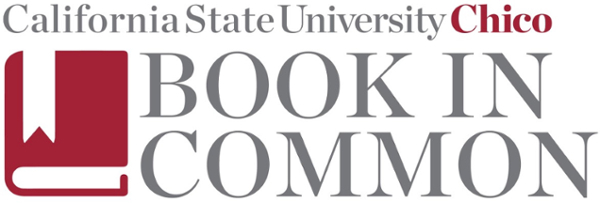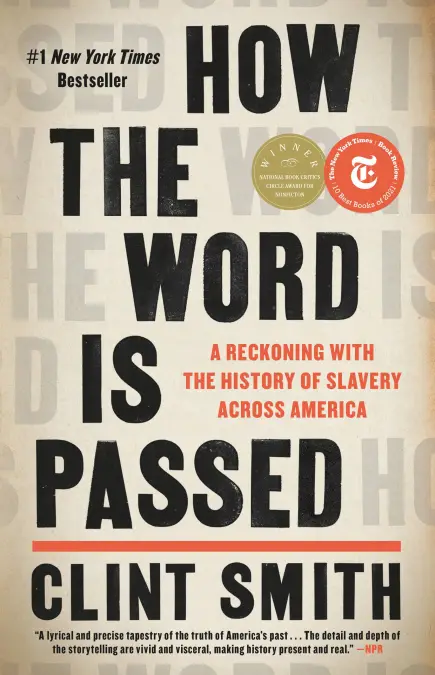- Why is it significant to devote a chapter to a Confederate cemetery and the Lost Cause in a book about reckoning with slavery?
- How might Ken's tour have been different for an entirely White audience?
- What role do the Ladies Memorial Association (and other groups like them) play in the history of the memory of American slavery?
- Let's unpack Ken's phrase "Confederate empathy" (pp. 122-23). What does this mean? Is it the same as sympathizing?
- Do you have to be "from around here" to understand?
- What does it mean for Martha to emphasize the perspective of her ancestors (pp. 124-25)?
- How could Blandford increase its percentage of Black visitors?
- Smith often cites written evidence to support or refute the claims made during his tours. In this light, discuss the history and memory of Robert E. Lee on pp. 127-33.
- Why did Smith visit the Sons of Confederate Veterans commemoration celebration? Would you? Do his experiences illuminate the chapters on Blandford and Angola?
- Gramling, the keynote speaker, provided a history of Memorial Day in his speech. How does the speech - and Smith's response - function in this chapter and in the book as a whole?
- What does Gramling mean by "take back the narrative" (p. 142)?
- How does Smith explain the profusion of Confederate monuments and the myth of the Lost Cause (pp. 143-47)?
- Discuss the mythmaking of Richard Poplar, how Jeff invokes it, and how Smith explains it.
Blandford Cemetery
Discussion Questions
Resources
Available in Meriam Library
- Chamberlain, Adam, and Alixandra B. Yanus. “Monuments as Mobilization? The United Daughters of the Confederacy and the Memorialization of the Lost Cause.” Social science quarterly 102, no. 1 (2021): 125–139.
- Cox, Karen L. No Common Ground : Confederate Monuments and the Ongoing Fight for Racial Justice. Chapel Hill: The University of North Carolina Press, 2021.
- Hartley, Roger C. Monumental Harm : Reckoning with Jim Crow Era Confederate Monuments. Columbia, South Carolina: University of South Carolina Press, 2021.
- Janney, Caroline E. Burying the Dead but Not the Past: Ladies’ Memorial Associations and the Lost Cause. Chapel Hill: The University of North Carolina Press, 2012.
- Gallagher, Gary W., and Alan T. Nolan. The Myth of the Lost Cause and Civil War History. Bloomington: Indiana University Press, 2000.
- Waite, Kevin. “The ‘Lost Cause’ Goes West.” California history 97, no. 1 (2020): 33–49.
Additional recommendations? Email bic@csuchico.edu


